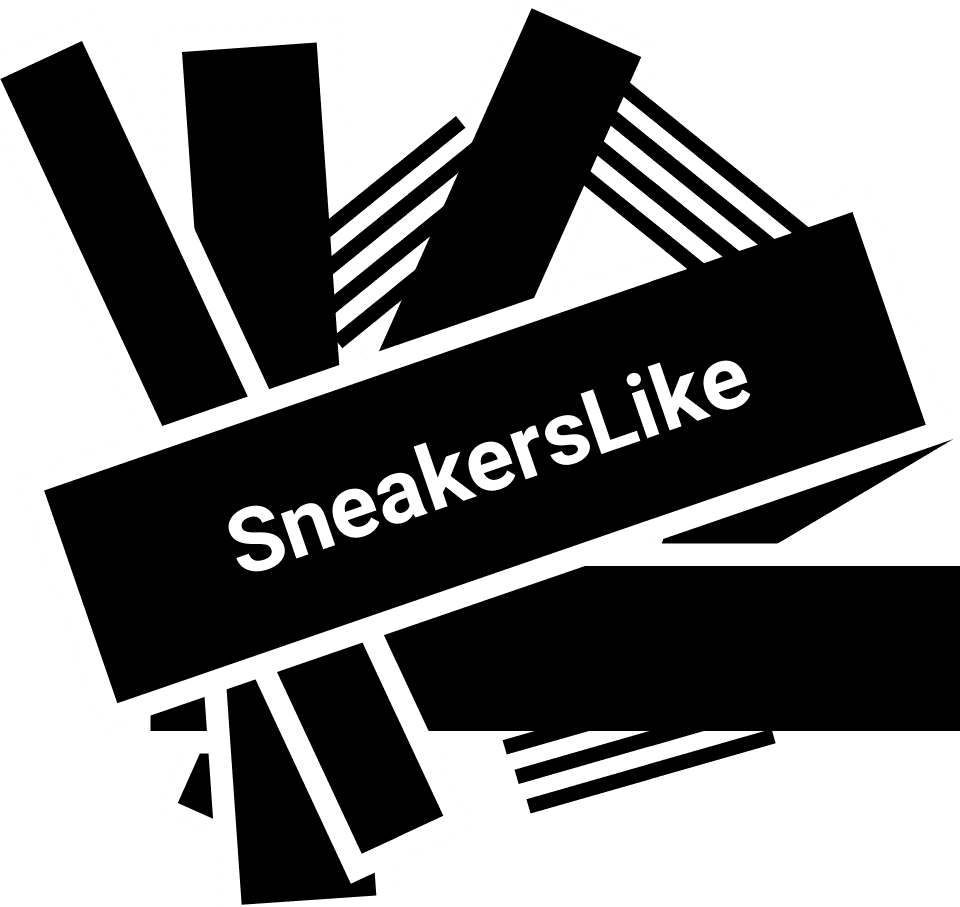The vibrant hues of classic Nike Air Forces can be a sight to behold. But what happens when those once pristine whites start to…well, yellow?
Many sneakerheads wonder if the yellowing of Air Forces signifies poor quality or simply the passage of time. The truth is, both factors can play a role.
Oxidation and Yellowing:
The primary culprit behind yellowing Air Forces is oxidation. This natural process involves exposure to oxygen, which causes chemical reactions that break down pigments in the leather or rubber components of the shoes.
Factors influencing oxidation include:
- Material: Different materials yellow at different rates. Leather tends to yellow more slowly than nylon or rubber.
- Color: Lighter hues naturally oxidize faster than darker ones.
- Temperature and humidity: Higher temperatures and humidity accelerate the oxidation process.
Quality Impacts:
While oxidation is inevitable, some argue that certain manufacturing practices can minimize the yellowing effect.
- Better materials: Some brands utilize materials less susceptible to oxidation.
- Improved storage: Proper storage in a cool, dry place can slow down the process.
Appearance vs. Age:
Distinguishing between age-related yellowing and quality-related yellowing can be tricky.
- Even yellowing: Shoes exposed to consistent light will likely yellow evenly.
- Uneven yellowing: Discoloration concentrated in specific areas often suggests a manufacturing issue.
Conclusion:
Yellowing Air Forces are often a combination of quality and age. While oxidation is a natural process, specific materials, storage conditions, and manufacturing practices can influence the rate of discoloration. Keep an eye out for uneven yellowing or signs of excessive wear to identify potential quality issues.
 Buy From: Nike Air Force 1 Fontanka Yellow Strike/Light Lemon Twist Outlet
Buy From: Nike Air Force 1 Fontanka Yellow Strike/Light Lemon Twist Outlet
